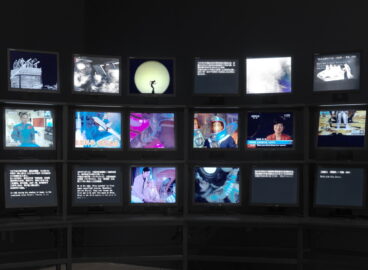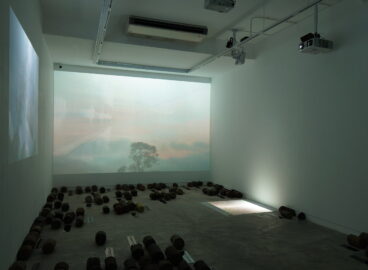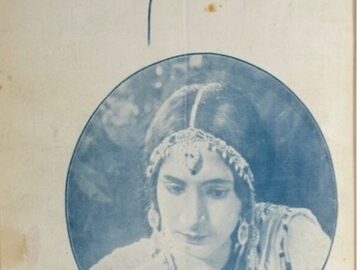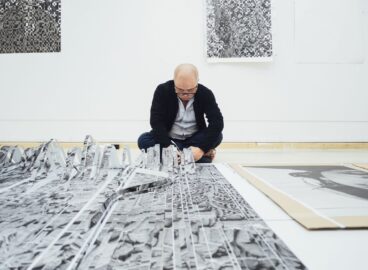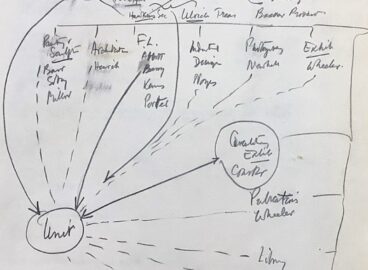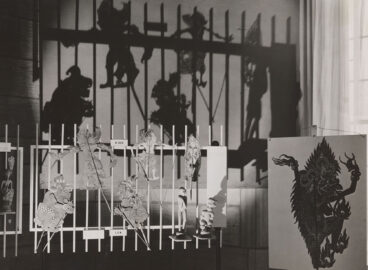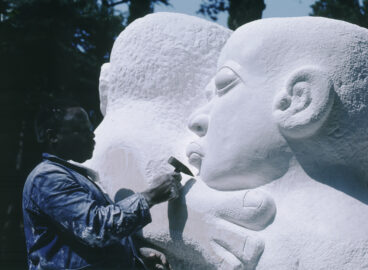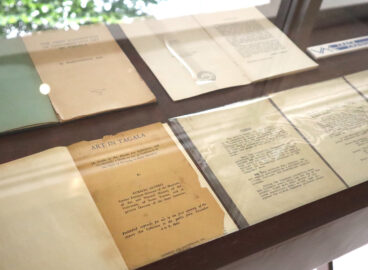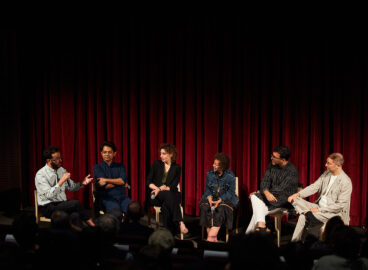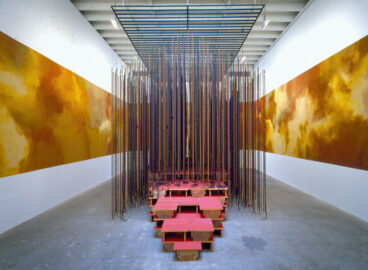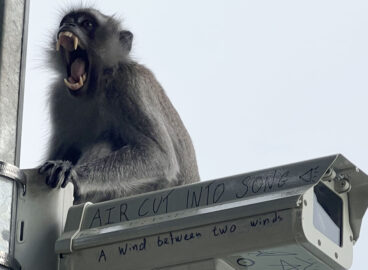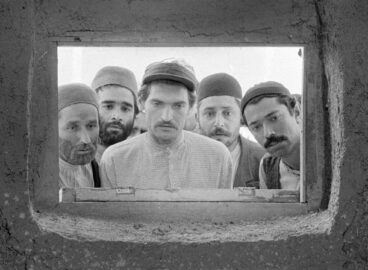A Queer Media Archaeology of the Future: Ming Wong’s Quest for a Cantonese Space Opera Film
A tapestry of interplays between mythology and technology is on display in Ming Wong’s Windows on the World (Part 2), a 24-channel soundtracked video installation from 2014 composed of flat-screen monitors arranged on three levels of long tabletops stacked like freestanding shelves. This work’s corpus of moving images and accompanying on-screen notes are gleaned from the sprawling archives of Cantonese opera film, East Asian science fiction, and TV news about the role of the People’s Republic of China in what has become of the Space Race.
